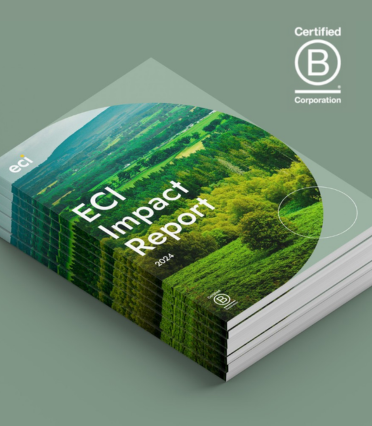15 years ago, the term “digital marketplace” was relatively unknown. With The Marketplace Conference in Berlin fast approaching, I sat on my couch on a Saturday morning and booked my flights (Skyscanner) and hotel (Booking.com). I then got a cab (Uber) to meet some friends for breakfast (OpenTable). The taxi driver let me put my music on (Spotify). With my camera (Amazon Marketplace) sat in my backpack (Etsy), resting between my Dr. Martens (Asos), I realised that daily life had somehow become inseparable from the digital marketplace. Based on the conference, that looks set to continue. I met businesses transforming everything from logistics to music gigs, car ownership to pharmaceuticals, NHS staffing to family entertainment.

Seemingly every problem can be solved by a marketplace and the ever increasing benefit of network effects. Investor enthusiasm has grown and in recent years, the technology sector in general and marketplaces in particular have been backed by unlimited funding and sky high valuations. Those were different times. Those were the years “BW” or “Before WeWork”. The very public collapse of the property “tech” giant’s IPO appears to be the moment where investors are (unsurprisingly) demanding your business does more than just demonstrate good top-line growth. Extraordinarily, investors want you to prove that you might, at some point, make some money! Apparently unit economics matter – revenue growth has been knocked off the top spot and LTV/CAC rules once again.
Maybe you are well aware of this? Already demonstrated network effects, growth and profitability? Then look no further. Beyond these hygiene factors, below are 6 key areas investors are looking to understand when valuing your marketplace.
1. Attractive end market dynamics.
Large, growing and counter cyclical is the aim here. An offline to online trend helps, albeit coming across these markets is proving increasingly difficult
2. #1.
Being clear #1 in your market makes you significantly more valuable than being #2. Marketplaces are generally “winner takes most” businesses, a function of the model itself. As a consumer I am unlikely to shop multiple marketplaces when making my purchase decision, the marketplace does that for me! As Uber and Lyft have found out post IPO, valuation will be impacted where there is no clear winner and participants in the marketplace run multiple platforms.
3. Fragmented buyer/supplier bases.
By its very nature providing liquidity through a marketplace model is most valuable where demand and supply is fragmented. Relatively concentrated supply is not uncommon, but expect some questions on the power your suppliers hold and the potential threat of them taking supply off the platform, particularly where you represent a low proportion of their distribution.
4. Frequency.
Relatively few marketplaces have the benefit of contracts which lock in spend on the platform. Whilst revenue visibility is therefore generally limited, this can be mitigated by high purchasing frequency, particularly when combined with an end market that isn’t subject to cyclicality.
5. Take rate.
Marketplaces range from low single digits to 25%+. Aside from the obvious benefit of more attractive economics, a high (or growing) take rate is a good proxy for the value your marketplace brings to buyers and suppliers.
6. More than just liquidity.
Demonstrating that your marketplace brings more than just liquidity is key. Do people see you as another channel to buy and sell through, or THE channel to buy and sell through? Improved search functionality, enabling faster transactions, financing options and a higher quality post purchase UX all add value beyond simply providing liquidity.
Very few businesses will hit every one of the above factors, however, if you can show strength in a few of these areas, there is a pot of gold at the end of the rainbow. Marketplaces trade at very attractive multiples and for good reason. They are often highly resilient, scalable and very profitable, with EBITDA margins at maturity at 50%+. It’s for these reasons that we were early backers of the sector, including investing in LateRooms.com (9x return), M&M Direct (4x return) and CarTrawler (6x return). We have continued to support the space and our current portfolio includes a number of marketplace businesses including Auction Technology Group, Encore Tickets and most recently Travel Chapter. If you run a digital marketplace and are looking for support as you grow, we would love to hear from you!


